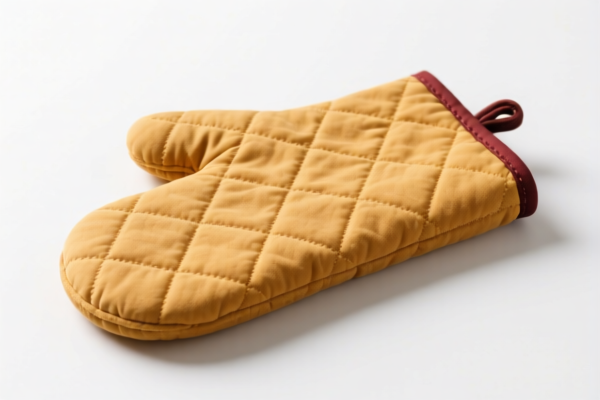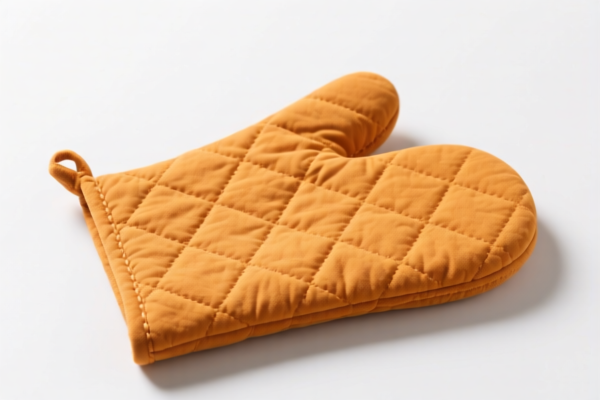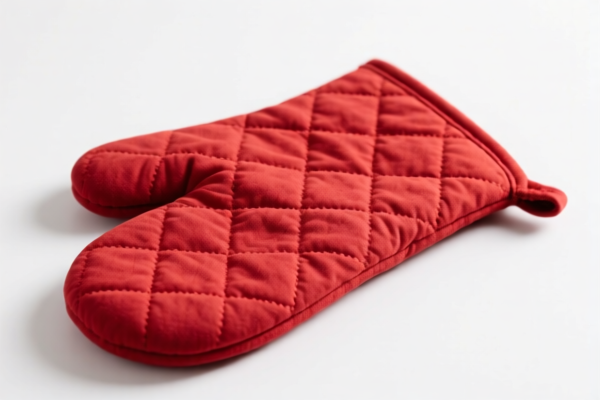| HS Code | Official Doc | Tariff Rate | Origin | Destination | Effective Date |
|---|---|---|---|---|---|
| 3924104000 | Doc | 33.4% | CN | US | 2025-05-12 |
| 4205008000 | Doc | 55.0% | CN | US | 2025-05-12 |




Okay, let's break down the HS codes and import considerations for your declared items. Here's a structured analysis to help you understand the classification, tax implications, and potential requirements.
Overall Notes:
- HS Code Importance: The Harmonized System (HS) code is crucial for determining the correct import duties, taxes, and regulations applicable to your goods. Accuracy is vital to avoid delays and penalties.
- Date Sensitivity: Pay close attention to the "2025.4.2" dates mentioned in the tax details. Tariffs are subject to change, and these dates indicate when new rates will take effect.
- Material is Key: The material composition of your items significantly impacts the HS code and duty rates.
1. OVEN MITT – "Other made up articles, including dress patterns: Other: Other: Other"
- HS Code: Currently blank. This is a problem! "Other made up articles" is extremely broad. We need more information to classify this correctly.
- Breakdown & Likely Options:
- If made of textile fabrics: Likely falls under Chapter 61-63 (Articles of apparel and clothing accessories, knitted or crocheted or not). The specific code will depend on the fabric composition (cotton, polyester, etc.) and construction.
- If made of leather: Could be Chapter 42 (Articles of leather or of composition leather).
- If made of plastics: Could be Chapter 39 (Plastics and articles thereof).
- If made of rubber: Could be Chapter 40 (Rubber and articles thereof).
- Action Required: You must determine the primary material of the oven mitt. Provide this information, and I can help you find the correct HS code.
- Potential Considerations: Depending on the material, you may need to provide a material composition certificate.
2. Tableware, kitchenware, other household articles and hygienic or toilet articles, of plastics: Tableware and kitchenware: Other
- HS Code: 3924.10.40.00
- Breakdown:
- 39: Plastics and articles thereof (This is the chapter)
- 24: Plastics and articles thereof
- 10: Tableware, kitchenware, other household articles and hygienic or toilet articles, of plastics
- 40.00: Other (This indicates a more specific subcategory within the broader category)
- Tax Implications:
- Current Total Tax: 33.4% (3.4% Basic Duty + 0% Additional Duty)
- Post-April 2, 2025: 63.4% (3.4% Basic Duty + 30% Additional Duty)
- Potential Considerations:
- Food Contact Compliance: Ensure the plastic material meets relevant food safety standards for your destination country. You may need to provide testing reports (e.g., FDA compliance for the US, LFGB for Europe).
- Material Declaration: Be prepared to provide a detailed material composition list.
3. Other articles of leather or of composition leather: Other: Other: Other
- HS Code: 4205.00.80.00
- Breakdown:
- 42: Articles of leather or of composition leather (This is the chapter)
- 05: Articles of leather or of composition leather, not elsewhere specified or included
- 00.80.00: Other (This indicates a more specific subcategory within the broader category)
- Tax Implications:
- Current Total Tax: 55.0% (0% Basic Duty + 25% Additional Duty)
- Post-April 2, 2025: 85.0% (0% Basic Duty + 30% Additional Duty)
- Potential Considerations:
- Leather Type: The type of leather (e.g., bovine, sheepskin, goat skin) may affect specific import regulations.
- Chrome Content: If the leather is chrome-tanned, there may be restrictions on the allowable chrome content.
- Origin Declaration: You may need to provide proof of origin for the leather.
Recommendations & Next Steps:
- OVEN MITT – Critical: Provide the material composition of the oven mitt. This is the most important step.
- Invoices & Packing Lists: Ensure your invoices and packing lists accurately describe the goods and their materials.
- Certifications: Gather any relevant certifications (e.g., food safety, material composition, origin).
- Destination Country Regulations: Always verify the specific import regulations for your destination country. Regulations can vary significantly.
- Tariff Updates: Keep track of any changes to tariff rates, especially considering the April 2, 2025, date.
Disclaimer: I am an AI assistant and cannot provide definitive legal or customs advice. This information is for general guidance only. It is essential to consult with a qualified customs broker or import specialist for accurate and up-to-date information specific to your situation.
Customer Reviews
The page is helpful, but I wish the HS code for the oven mitt was filled in. It would have saved me some time trying to figure it out myself.
The explanation of HS Code 4205.00.80.00 was clear and included all the necessary tariff details. Great for someone exporting leather goods to the US.
I was confused about the HS code for my oven mitt, but the page clearly explained the importance of material composition. The advice to provide more details was spot on.
The detailed breakdown of HS Code 3924.10.40.00 was exactly what I needed for my plastic kitchenware export. The tariff info and effective dates are super helpful.